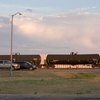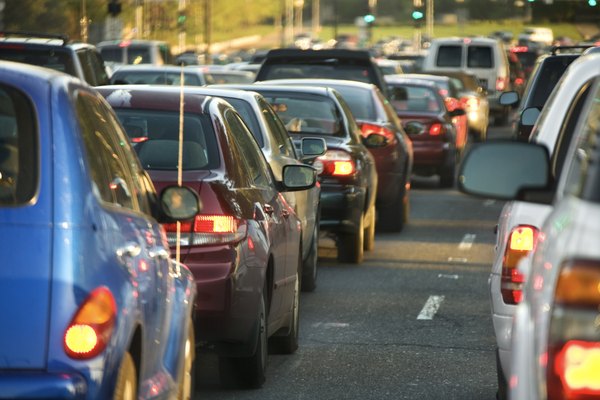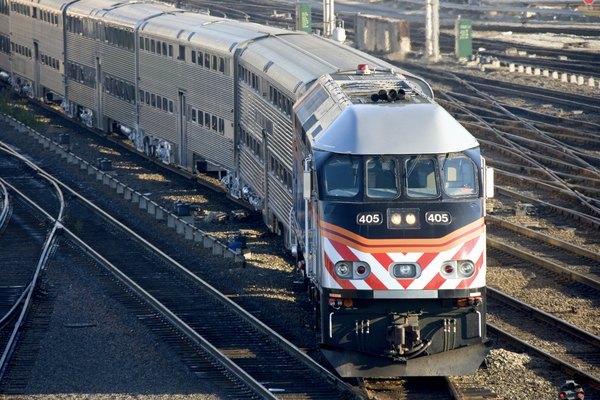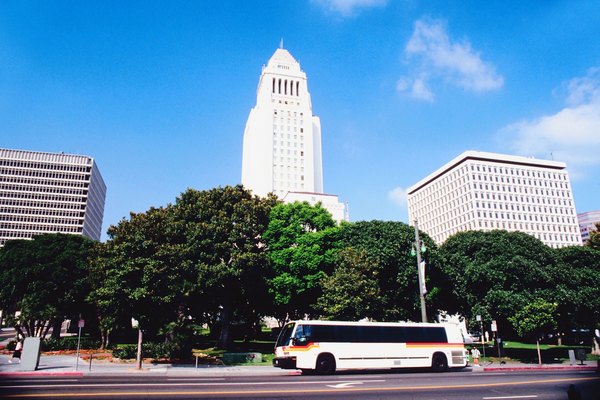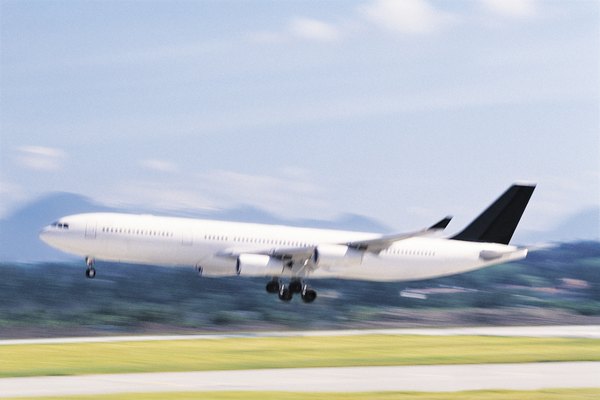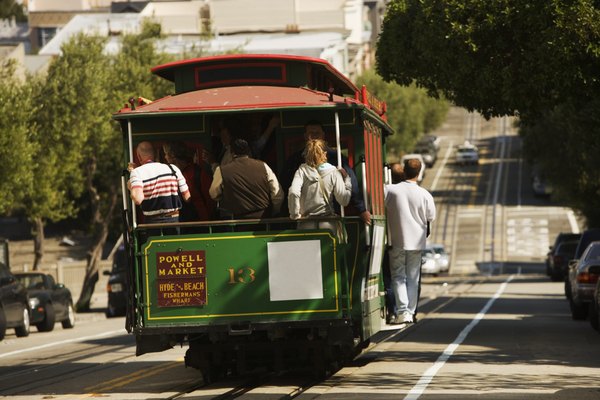According to the "Christian Science Monitor," there were 6.9 billion people in the world as of January 2009. Much of the human growth occurs in urban areas which have higher demands for public transportation. When oil prices escalate, the numbers of people who commute via public transportation may spike. In civilized areas around the world, children use direct forms of transportation commute to and from school. Working adults take public and private transportation to get to and from their place of business. On top of these travelers, large numbers of shoppers, vacationers and others use various forms of transportation throughout the week.
Automobiles
Major automobile companies, such as General Motors, Toyota, Honda and Chrysler create, distribute and sell the majority of cars driven around the world. The focus on being "green" or protecting the environment has found an increase in the numbers of hybrid and electrically operated cars.
Single automobile occupant vehicles (car, truck or van) as well as car pools are regular forms of direct transportation that commuters use around the world. A February 2005, an ABC News report found that Americans spend an average of 26 minutes a day driving one-way to and from work. In 2007 as gasoline prices soared, more people commuted via public transportation. In addition, increased focus on the environment has put a spotlight on carpooling and employee usage of alternate forms of transportation. In the United States alone Public Transportation reports that of all monies spent on transportation, 94 percent is spent on purchasing, maintaining and operating a car. In China personal cars make up nearly 63 percent of all cars in the country.
Trains
Above ground railways are available in most civilized and urban parts of the world. Underground railways or subways mostly travel across metropolitan areas. Both above and below ground railway systems operate on two steel parallel rails. Most railways operate off of electricity or diesel engines.
Trains carry large numbers of people, move at high speeds and generally stick to arrival and departure schedules. In Africa, the Soweto Business Express can hold up to 530 riders. This allows for oil consumption savings. In the United States transit riders use about one-half the amount of oil as do commuters who travel in single forms of transportation, such as a private car or a cab. China's most used form of public transportation is the railways.
Buses
In metropolitan areas, a popular form of direct transportation is the bus. Buses are available in many parts of the world including Paris, India, Russia and Africa. According to All About Buses, most buses operate on diesel fuel, gasoline or battery. Trolleys operate by a motor and overhead wires connected to a power cord or trolley which is powered from a central location not aboard the bus itself. In the United States alone, in 2004 more than $4 billion was collected from passengers to cover the cost of riding a public bus. Asia Rooms reports that one of the most popular forms of travel in Indonesia is the bus.
Airplanes
Ever since Orville and Wilbur Wright created and successfully operated a "flying machine" in 1903, travelers have been using airplanes to reach their destination. Most commercial airplanes can seat anywhere from 100 to 200 or more passengers. According to Take 2 The Sky, there are about 5,300 public airports in the United States. Airplanes are generally used to cover longer distances and to travel over large bodies of water. Costs of flying airplanes per passenger are also generally higher than the cost to ride a bus or train. Yet, it is estimated that millions of people around the world fly airplanes each day.
Considerations
In addition to the above forms of transportation, other direct forms of transportation include street and cable cars, ferries and monorails. In the United States nearly 10 percent of adults regularly use public transportation. Additionally Public Transportation reports that if public forms of direct transportation did not exist in the United States alone, the average American household would drive about 102 billion more miles each year.




